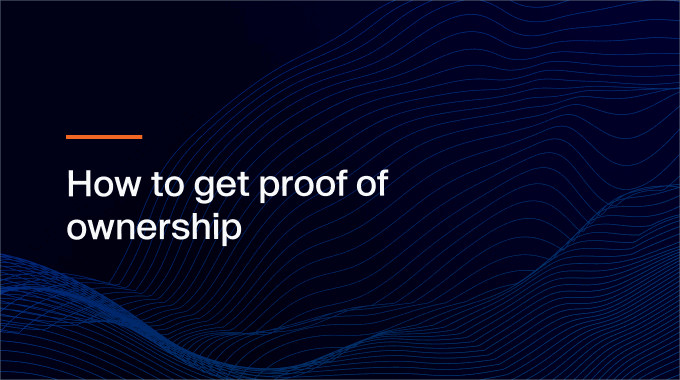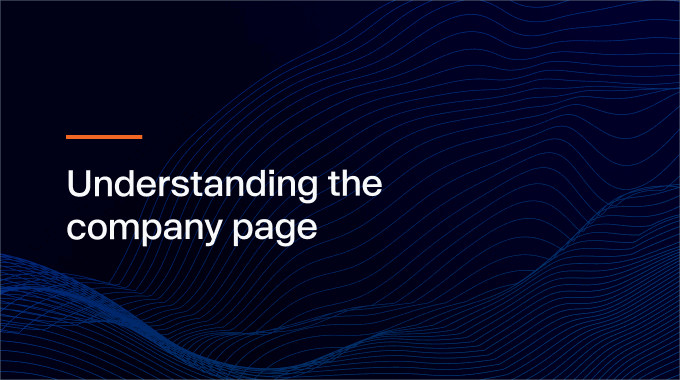What are Forge fund offerings and how do they work on Forge?
In the private market, investors often rely on platforms like Forge to bring greater clarity and access to private share trading. One of the things that makes this possible are single-company Forge fund offerings (‘Forge fund offerings’)—instruments through which buyers and sellers of private company shares can be connected with enhanced efficiency and structure.
A core benefit of a Forge fund offering is that it is well-defined and rigidly structured, so that buyers have confidence knowing that the offering’s terms have been validated and certified by Forge. For a seller of shares, it allows them to more efficiently introduce large blocks of shares to the market that may otherwise be hard to liquidate because of the many individual buyers that would be needed to satisfy the purchase of a large block. For a share issuing company, this may also be seen as a benefit because buyers are managed and consolidated by Forge on a company’s cap table, and Forge can potentially be viewed as a reliable partner helping manage the operational burden private share sales require.
If you are new to Forge or just looking to better understand how fund offerings come together, this guide will walk you through what single-company Forge fund offerings are, how they work and what both sellers and buyers can expect during the fund offering process.
What is a single-company Forge fund offering and how does Forge secure exclusive access?
At its core, a single-company Forge fund offering is a formal listing of shares in a private company that is available for potential purchase. It’s initiated by a shareholder, company or potentially a previous investor that is looking for liquidity in their holdings and Forge regularly facilitates the formal establishment of fund offerings on their behalf.
Unlike the public market—where shares can be bought or sold almost instantaneously—private market trades require a more curated and controlled approach. That’s where Forge fund offerings come into play. They allow sellers to surface potential interest in their shares, while giving buyers a transparent view of what’s available under the controlled terms of a Forge fund offering.
The anatomy of a single-company Forge fund offering
A Forge fund offering typically includes:
- The company name: The private company whose shares are being offered.
- Share class and quantity: Details about the type and number of shares being offered (i.e. common stock versus preferred stock1, or potentially stock options).
- Secured pricing: Buyers can feel confident that the price they see is locked-in, as Forge has established pre-set pricing terms. This could include an indicative price per share or valuation range, often benchmarked against recent secondary trades, investor rounds or last-matched prices on Forge.
- Terms and restrictions: Key information about pre-IPO lock-up periods, rights of first refusal (ROFR), company approval requirements or other transfer restrictions.
- Minimum investment amount: The minimum investment amount for a Forge fund offering will vary from offering to offering; however, it is typically lower than the minimum amount required in a direct trade.
- Expiration date: Forge fund offerings don’t last forever—each has a time window in which it’s active and available to potential buyers. Also, they are available on a first-come, first-serve basis for investors, as they could potentially be oversubscribed. Access priority is determined by the fund manager. And, once purchase documents are signed, buyers usually have a maximum of five days to wire funds to participate in a Forge fund offering.
Buyers can review Forge fund offerings that are directly emailed to them (or via their Forge account) to see which private companies currently have shares available and at what price.
How single-company Forge fund offerings work on the Forge platform
Here’s a step-by-step look at how offerings come together and progress:
1. A seller indicates interest to sell
A private company shareholder—typically an early employee, executive or company investor—creates an account on Forge with the intent to sell their equity holdings. After a vetting process, including verification of ownership and review of any applicable transfer restrictions, the seller collaborates with Forge to establish the details listed above and finalize the terms of a Forge fund offering.
2. Forge structures the offering for an exclusive time period
The Forge platform helps structure the offering by gathering key information about the shares and works with the shareholder to establish a firm and competitive price. Considerations often include internally available market data, comparable trades and buyer interest. [See how shares can be priced here]. Once these details have been defined, Forge and the shareholder will establish an exclusivity agreement for a set duration, so the shares can be sold. Then, a digital listing will be launched to present the offering to investors and institutions.
3. Buyers express interest within set window (usually 1-2 weeks)
Once established, the Forge fund offering is presented to a select group of potential investors that have confirmed accreditation status and have been on the Forge platform for a determined duration. Interested buyers can review the company’s profile, offering terms and market signals such as highest bid, lowest ask and last matched price. If they’re interested, they can make an offer to buy at the listed price. Buyers will be prioritized based on timing and the volume of shares desired, so it’s important to consider timely responses and the volume of shares desired when indicating interest.
4. Company approval and transfer mechanics
Some private companies include transfer restrictions in their corporate governance documents. This means that trades can potentially require company approval. Also, if applicable, existing investors may potentially exercise a right of first refusal (ROFR). In such a ROFR instance, the possibility of the trade moving forward still remains; however, it is not guaranteed.
5. Settlement and payment
Once approvals are secured, Forge finalizes the transaction. The buyer must fund the trade within 5 business days and the seller receives payment via wire transfer. The shares are then formally transferred and final documentation is provided.
Key considerations for sellers and buyers
For share sellers:
- Sellers of shares should make sure they understand their company’s transfer policies.
- They should be realistic about pricing. Forge offers data resources, such as Forge Price™—a derived, indicative price calculated daily for hundreds of pre-IPO venture-backed late-stage companies—but, buyer demand can ultimately dictate tradeability.
- Sellers can expect the process to take several weeks from offer to settlement, depending on company approval timelines.
Please reach out to [email protected] if you are interested in selling your shares through a structured offering.
For share buyers:
- Do your necessary diligence—Forge offers company performance data and prior transaction history when available.
- Understand that not all fund offerings will necessarily result in a purchase. Market conditions and company decisions can affect the outcome.
- Be prepared for potential transfer restrictions and approval periods that can potentially delay the settlement of a trade.
Sign up for a Forge account and complete your profile today to access potential Forge fund offerings when they become available.



